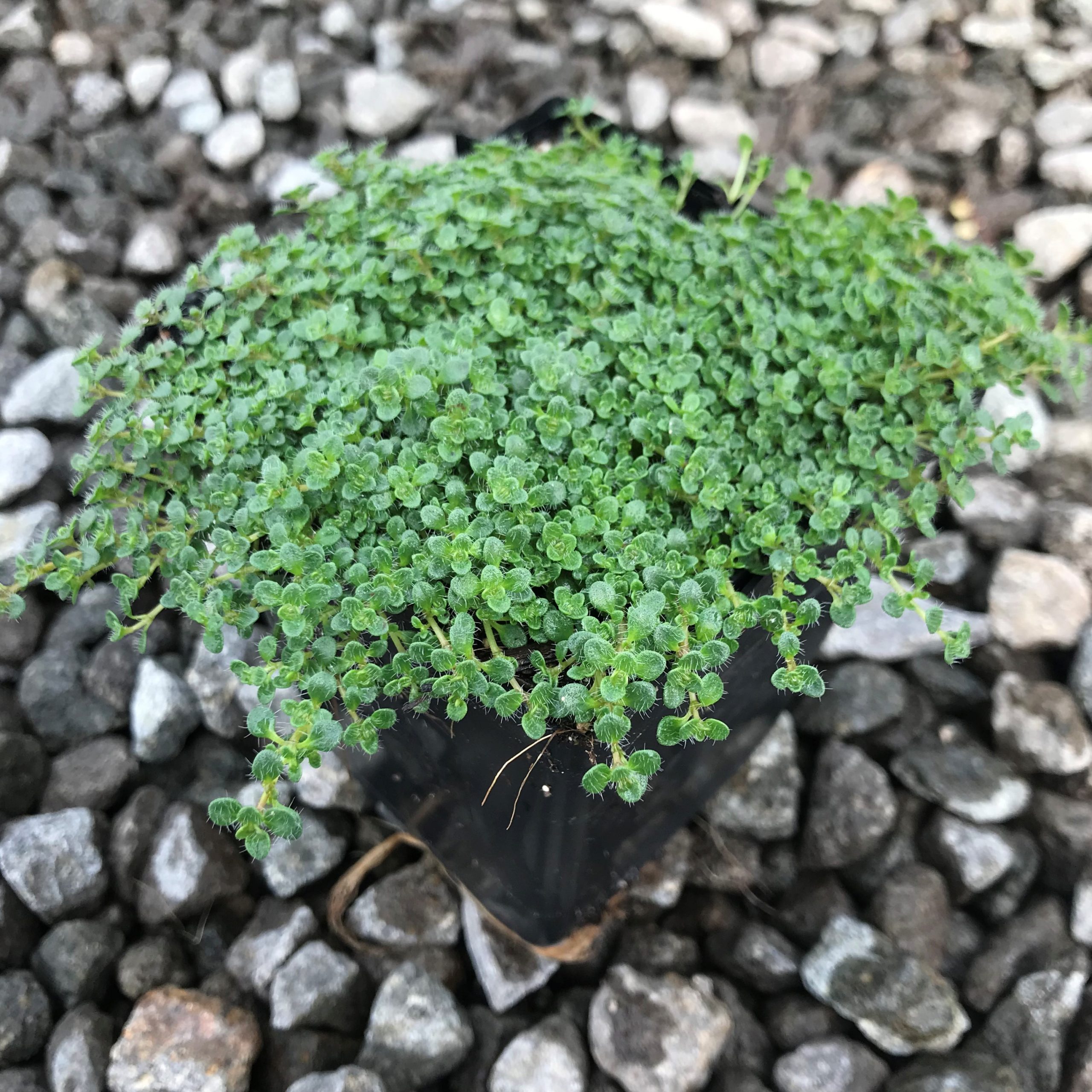

How to Plant Creeping Thyme SeedsĬreeping Thyme seeds require light to germinate, so be careful not to cover them when planting.
Growing elfin thyme full#
Creeping thyme is a slow grower and will take more than one season to reach its full potential. Where to Plant Creeping Thyme SeedsĬreeping Thyme prefers well drained soil with a neutral pH (between 6.5 and 7.5) in an area where it receives good sun, but can also tolerate partial shade. Seeds can also be started indoors 8-10 weeks before your average last frost date. Direct sow seeds outdoors in late spring when temperatures are consistently in the high 60's or above. When to Plant Creeping Thyme SeedsĬreeping Thyme is a perennial herb which will over-winter well in zones 4-9. Creeping Thyme is not generally susceptible to disease or insects but can provide a barrier for veggies and ornamental plantings. Used often as borders on flower beds and in between pavers on walkways, this is a groundcover that can handle moderate foot traffic. He is a certified plant geek who enjoys visiting beautiful gardens and garden centers searching for rare and unique plants to satisfy his plant lust.Creeping Thyme is a popular and adaptive dwarf ground cover that is popular for landscape designs. Mark Leichty is the Director of Business Development at Little Prince of Oregon Nursery near Portland. Suggested companion plants include Salvia greggii, Penstemon sp., Delosperma ‘Jewel of Desert Amethyst’ and ‘Peridot’. Great in rock gardens, fairy gardens and crevice gardens.

In the Landscape: Use in sunny, well-drained areas of the garden. Grows only 1-2 inches tall and will spread to 24 inches. Profuse dainty purple to bright-magenta flowers appear from early June-September. Tiny green leaves are fringed with fine hairs, giving it a soft look and feel. SPECIFICSĬommon names: Elfin thyme, breckland thyme, mother of thyme, wild thymeĭescription: Evergreen perennial groundcover.

It grows barely over an inch tall and is covered profusely with tiny purple to magenta flowers in summer. I have even seen grass lawns replaced with elfin thyme.

It has many uses in the landscape, from filling in around pavers, cascading lavishly over rock walls or as a stand-alone specimen in a rock or crevice garden. Thymus serphyllum is certainly at the top of my list of groundcovers that work in full sun and will tolerate moderate foot traffic. Elfin thyme has an almost magical look, as if it belongs in a fairytale, or better yet, a fairy garden.


 0 kommentar(er)
0 kommentar(er)
